When Work Stress Takes Your Breath Away
Deadlines. Zoom calls. Constant Slack pings. Long hours in cold AC rooms or open spaces with perfume-laden colleagues. While this may sound like a typical workday, for people with asthma or high blood pressure, it’s a minefield of hidden triggers.
Workplace stress is often considered a mental health concern , but it can also show up physically. If you’ve ever felt tightness in your chest during a tense presentation, or noticed your blood pressure rising after a heated meeting, you’re not alone.
Let’s talk about how workplace stress affects people living with asthma and hypertension and how to manage both without compromising your career or your health.
How Workplace Stress Triggers Asthma and BP
1. Stress Increases Cortisol and Inflammation
Cortisol is your body’s “fight or flight” hormone. While useful short-term, chronic workplace stress keeps it elevated — worsening inflammation, narrowing airways, and raising blood pressure.
2. Poor Breathing Habits
Long hours of sitting, shallow breathing during focus, and skipping breaks , all lead to reduced oxygen flow and tension buildup in the chest.
3. Lack of Control = More Symptoms
When we feel we can’t control our workload or environment, anxiety rises, and with it, both BP and asthma risk.
4. Common Office Triggers
- Cold, unclean ACs
- Strong perfumes/deodorants
- Poor indoor air quality
- Long meetings without breaks
My Personal Experience
As someone leading growth for a digital agency while building Asthma Friend on the side, I’ve often found myself juggling tasks, meetings, and deadlines — sometimes without real breaks in between.
There were days when I’d feel tightness in my chest during presentations, or need to step out to use my inhaler between client calls. My blood pressure readings would spike on particularly stressful days, especially if I’d skipped meals or wasn’t hydrating well. Having a solitary kidney adds another layer , tress management isn’t just about mental calm, it’s about protecting vital organs.
I’m genuinely grateful to be working at Digidarts, where my colleagues and the founders understand the value I bring despite living with asthma. They’ve allowed me to work from home, given me the space to recover when needed, and even made an effort to understand my specific triggers. From passive smoking-induced flare-ups to exhaustion from speaking too much during meetings.
This kind of support makes a massive difference. It shows that inclusive workplaces aren’t just about policies — they’re about people.
Strategies to Manage Asthma & BP at Work
Create Micro-Pause Moments
Use the Pomodoro method , 25 minutes of work, 5-minute breath or water break. Set reminders to get up and stretch.
Keep Your Essentials Handy
Inhaler, water bottle, a light snack, and maybe a calming essential oil (if scents don’t trigger you).
Speak Up About Your Needs
Let your team know about strong fragrance sensitivity or request meetings in well-ventilated rooms.
Declutter Your Workspace
Visual clutter increases overwhelm. A calm desk = a calmer mind = better breath and BP control.
Practice Breath Awareness
Before a high-pressure call, try box breathing (inhale 4, hold 4, exhale 4, hold 4) to ground your nervous system.
What Companies Can Do to Support
- Allow flexible breaks
- Reduce fragrance use in office spaces
- Provide clean, maintained AC and air quality filters
- Normalize health conversations, not just mental, but chronic physical too
Conclusion: Don’t Let Work Silence Your Health
We spend one-third of our lives working and your workplace should never be a trigger zone. By understanding how stress affects asthma and blood pressure, and setting up proactive habits, you can protect your breath, your peace, and your productivity.
Remember: managing your health at work isn’t a weakness. It’s a power move.
Please share your experience with everyone in the Asthma Friend community¨.







